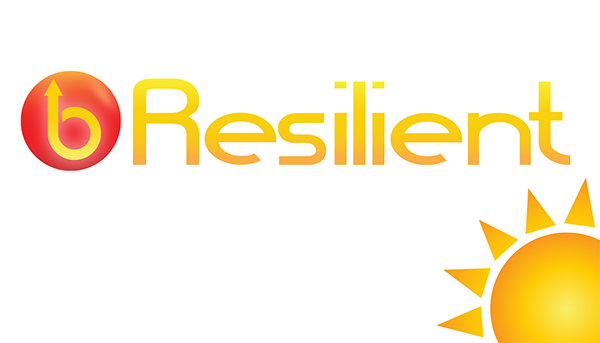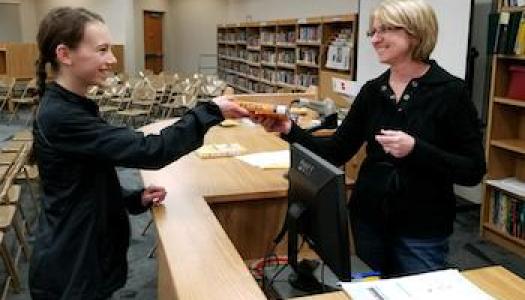
Jen McDonough
I just finished the book Following Baxter, by Barbara Kerley. This book has it all: family dynamics, learning self-awareness, working hard to get what you want—and did I mention the Transporter?
Jordie is ecstatic when a new neighbor moves in with a dog (and a Transporter in the basement made out of an old tanning bed, but that is a storyline for another article). She befriends the professor next door and quickly realizes that there is a lot going on in the professor’s basement. The story also follows Jordie as a fifth grader who has friends and seems to be great at school—so great that she is one of the first two picked to be a “Helper Buddy” in the second-grade classroom. Jordie is very judgy of the other child who gets picked and can’t understand how he could have been chosen, with his crazy behavior and inability to help anyone—not even himself—behave.
After a lot of twists, turns, and teleportation, the big moment for me as a reader is when Jordie figures out that she has been asked to be a second-grade buddy only because her teacher is trying to get her to be a better student and pay attention better herself. As a reader, you can go back and see the little clues given along the way, such as when the teacher has to call Jordie’s name several times to get her attention, or reminds her not to talk while she is talking, and Jordie not turning things in on time. Jordie has a moment of self-awareness when she thinks she is not enough, and the professor reminds her that before scientists can make conclusions about any phenomena, they have to look at all of the evidence first. OMG. Mic drop.
How often do we look at a student and use only part of the evidence to draw a conclusion? How often do we do this with other adults in our life? That one line made me stop and say, “Whoa.” After thinking about the professor’s advice, Jordie realizes that her attention issues are not everything that she is, and therefore she can’t conclude that she is not a good or smart person. When she sits back and looks at all of the evidence, she realizes that there is a lot that makes her who she is and that her issues with attention are just one part of the whole.
As we sit down to think about students as learners, as readers, as writers, let’s try to remember to look at all of the evidence before we draw a conclusion, and remind kids to do the same for themselves and others.
News From The Daily CAFE
Matching Middle Schoolers with Great Fit Books
Blended by Sharon Draper








